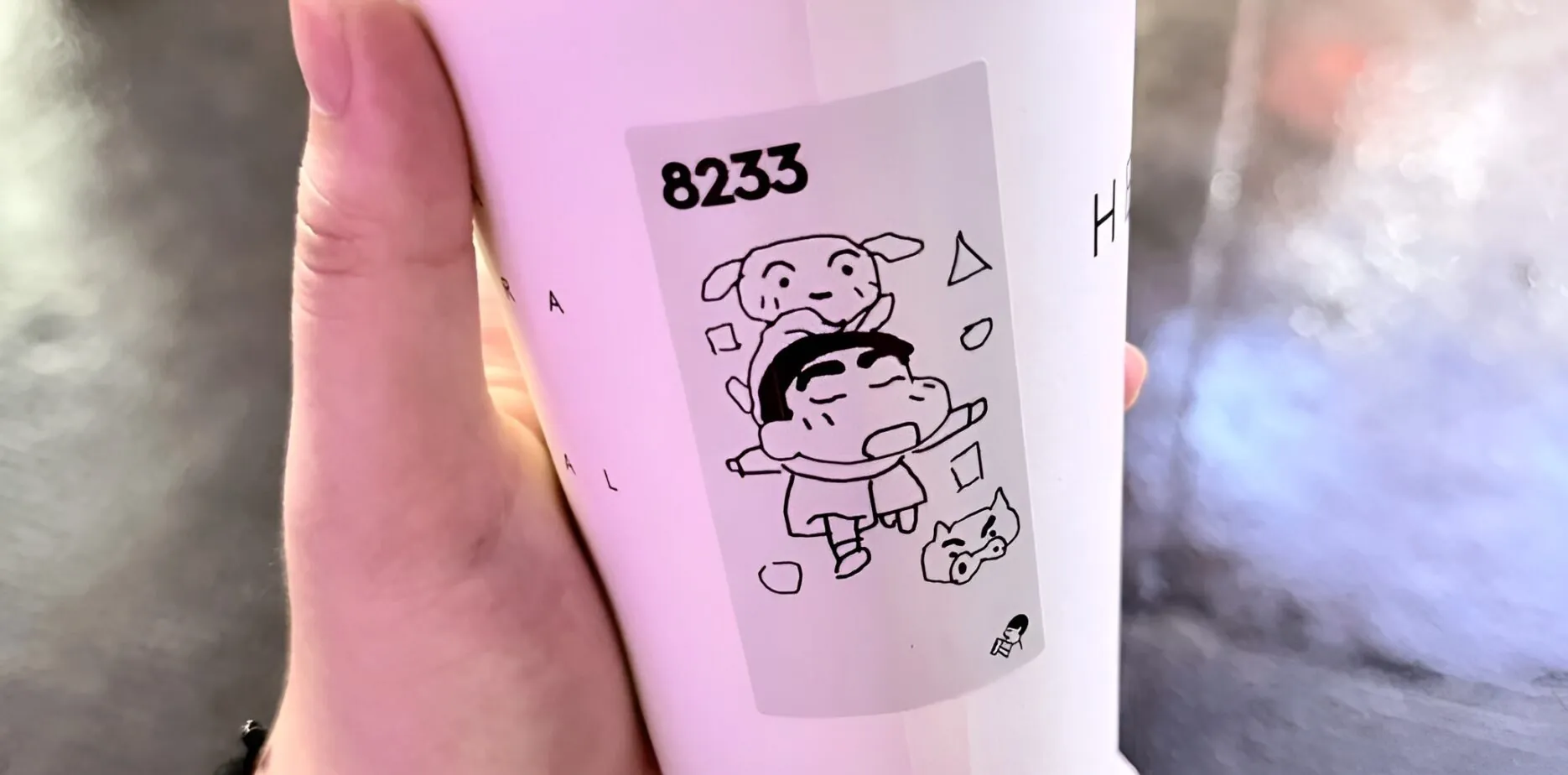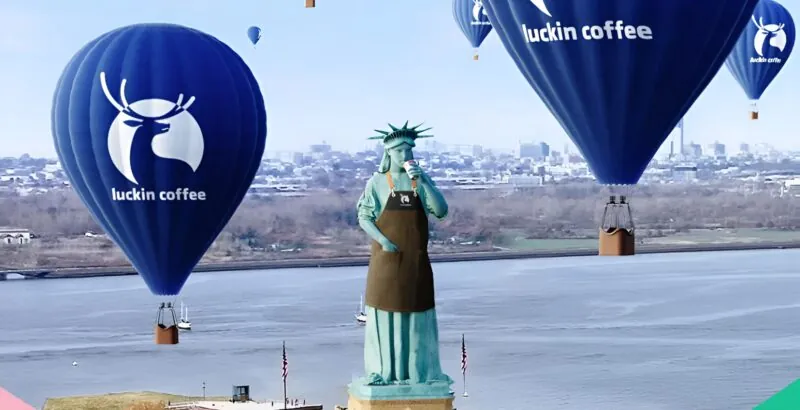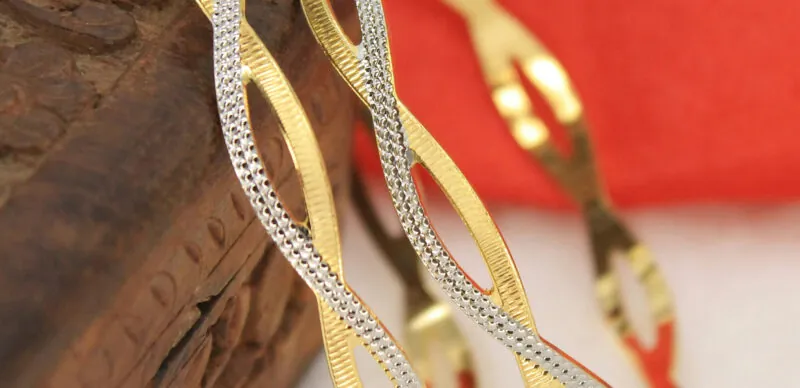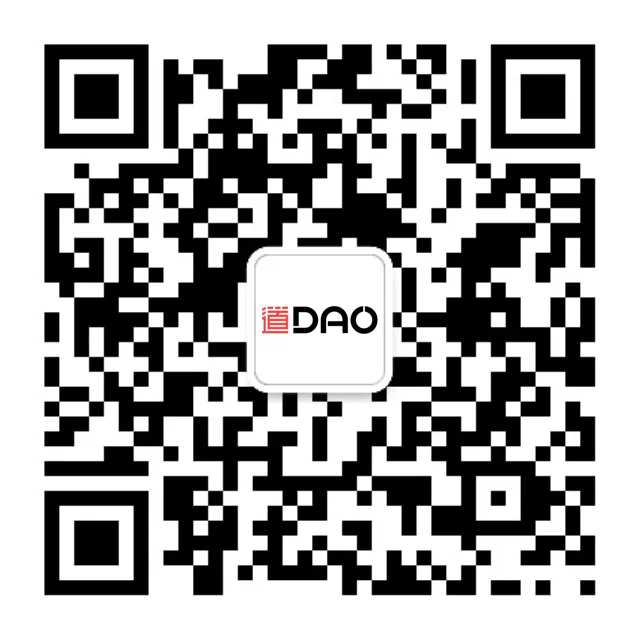Heytea (喜茶) has reopened one of its cult-era portals to creativity and the internet is once again running wild. The tea chain has quietly relaunched its DIY Hi-sticker feature (DIY 喜贴), upgrading what was once a set of fixed templates into a full, free-creation sandbox. The Heytea Hi-Sticker reboot is now splashed across Xiaohongshu and Douyin feeds now with posts showing user-made idols, anime characters, inside jokes, boyfriend stickers, pet portraits and enough meme-core chaos to make the original 2018 craze look tame.
What’s changed isn’t just the feature, but the cultural logic behind it. In a beverage market where every brand is shouting about new flavours, new SKUs, and new collaborations, Heytea has chosen a different battleground: turning the cup itself into a piece of micro-media.
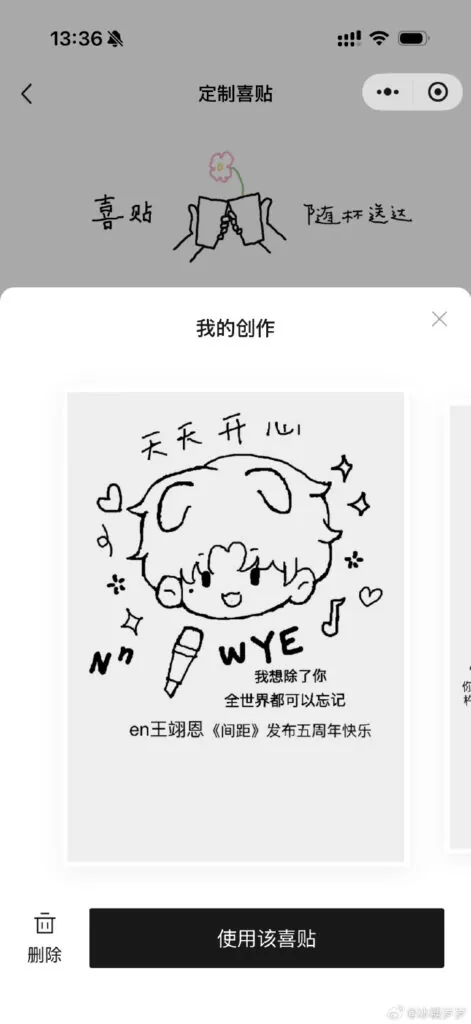


Instead of pushing a product, it’s handing users a blank page and letting their social instincts do the heavy lifting. The framework of the Heytea Hi-Sticker reboot is simple: you don’t just buy a drink, you make a moment. And once that moment is printed, photographed and posted, it exits the store and enters the algorithm.

It’s a subtle but pointed reminder of how China’s drinks giants are repositioning themselves. The race is no longer only about price, speed or seasonal novelty. It’s about emotional stickiness – the kind that comes from co-creation loops where the consumer builds the content that drives the next wave of demand. Put differently: Heytea isn’t chasing virality, it’s outsourcing it.
The timing of this also works in Heytea’s favour. Competition in tea and coffee has turned ferociously tight, with margins thinning and launches blending into one another. By doubling down on social currency rather than flavour differentiation or yet another product, Heytea is betting that identity will help them stand out. For now, it seems to be paying off.




